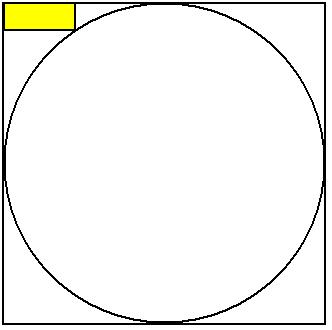
A circle is inscribed in a square, with a rectangle drawn from a corner of the square to a point on the circle, as shown. If this rectangle measures 6 inches by 12 inches, what’s the radius of the circle?

A circle is inscribed in a square, with a rectangle drawn from a corner of the square to a point on the circle, as shown. If this rectangle measures 6 inches by 12 inches, what’s the radius of the circle?
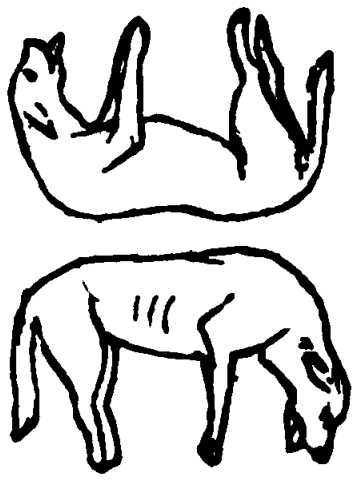
“The dogs are, by placing two lines upon them, to be suddenly aroused to life and made to run. Query, How and where should these lines be placed, and what should be the forms of them?”
John Grant McLoughlin offered this problem in Crux Mathematicorum in April 2008:
Every four-digit numerical palindrome (e.g., 2772) is a multiple of 11. Why is this?
Mr. Smith goes to Atlantic City to gamble for a weekend. To guard against bad luck, he sets a policy at the start: In every game he plays, he’ll bet exactly half the money he has at the time, and he’ll make all his bets at even odds, so he’ll have an equal chance of winning and of losing this amount. In the end he wins the same number of games that he loses. Does he break even?
Martin Gardner published this puzzle in his “Mathematical Games” column in Scientific American in February 1979. You’re blindfolded and sitting before a lazy susan. On each corner is a glass. Some are right side up and some upside down. On each turn you can inspect any two glasses and, if you choose, reverse the orientation of either or both of them. After each turn the lazy susan will be rotated through a random angle. When all four glasses have the same orientation, a bell will sound. How can you reach this goal in a finite number of turns?
C.S. Kipping published this unusual problem in Chess Amateur in 1923. In each position, White is to mate in two moves.
Suppose you have a collection of gears pinned to a wall (disks in the plane). When is it possible to wrap a conveyor belt around them so that the belt touches every gear, is taut, and does not touch itself? This problem was first posed by Manuel Abellanas in 2001. When all the gears are the same size, it appears that it’s always possible to find a suitable path for the belt, but the question remains open.
Erik Demaine, Martin Demaine, and Belén Palop have designed a font to illustrate the problem — each letter is a collection of equal-sized gears around which exactly one conveyor-belt wrapping outlines an English letter:
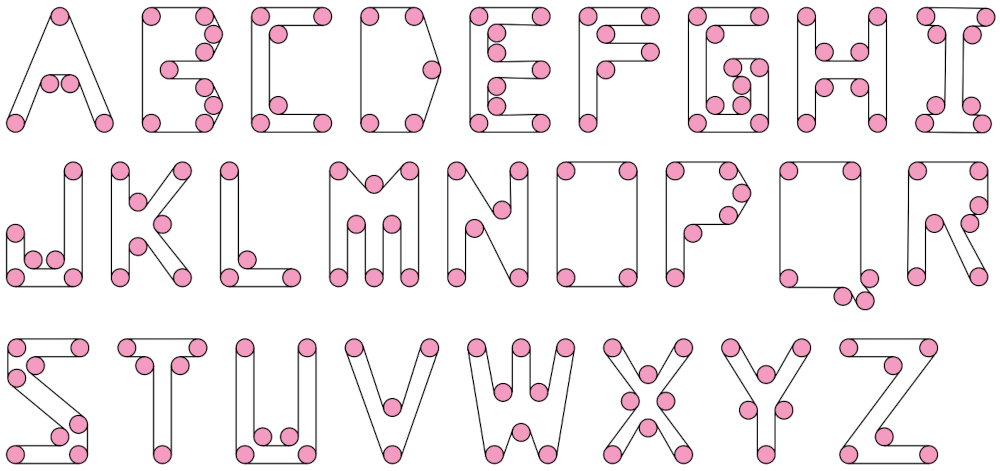
Apart from its mathematical interest, the font makes for intriguing puzzles — when the belts are removed, the letters are surprisingly hard to discern. What does this say?

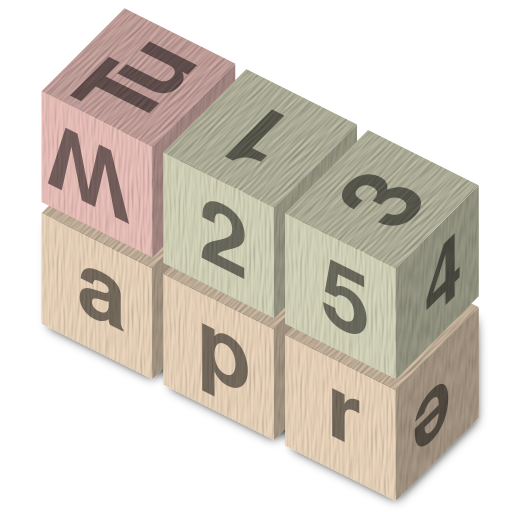
This is a variation on an old puzzle by Martin Gardner. This desk calendar currently displays the date Monday, April 25. If the six cubes are capable of displaying any day of the week and any date from January 01 to December 31, what characters appear on the unseen faces in the picture? Gardner wrote, “It is a bit trickier than one might expect.”
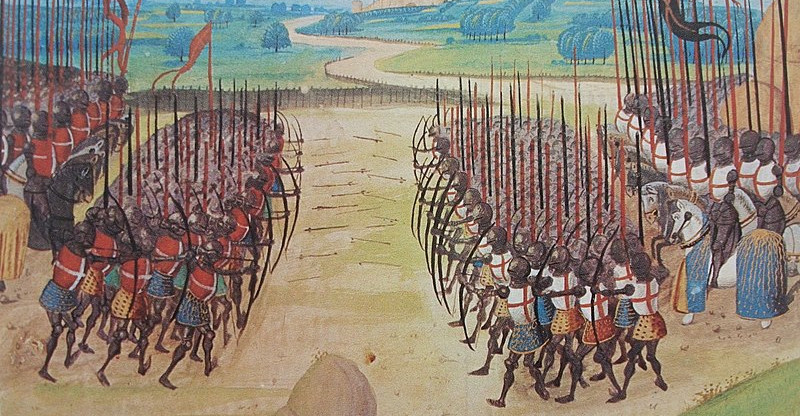
English poet Winthrop Mackworth Praed was renowned for his charades — this one, published in the 1830s, has never been solved:
Sir Hilary charged at Agincourt,–
Sooth, ’twas an awful day!
And though in that old age of sport
The rufflers of the camp and court
Had little time to pray,
’Tis said Sir Hilary mutter’d there
Two syllables by way of prayer.
My first to all the brave and proud
Who see to-morrow’s sun:
My next, with her cold and quiet cloud,
To those who find their dewy shroud
Before to-day’s be done:
And both together to all blue eyes,
That weep when a warrior nobly dies.
“The best answer I have been able to find is GOOD NIGHT,” wrote Henry Dudeney in 1919. “The two syllables are by way of wish or prayer. We wish nothing but good to the victorious, we leave those have fallen to their ‘dewy shroud’ at night, while to the sorrowful bereaved we cannot do less than wish them a good night.”
But Praed himself left no solution.